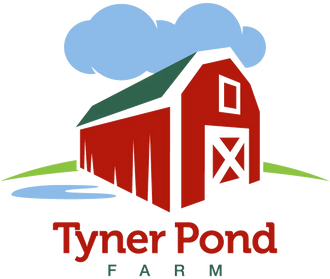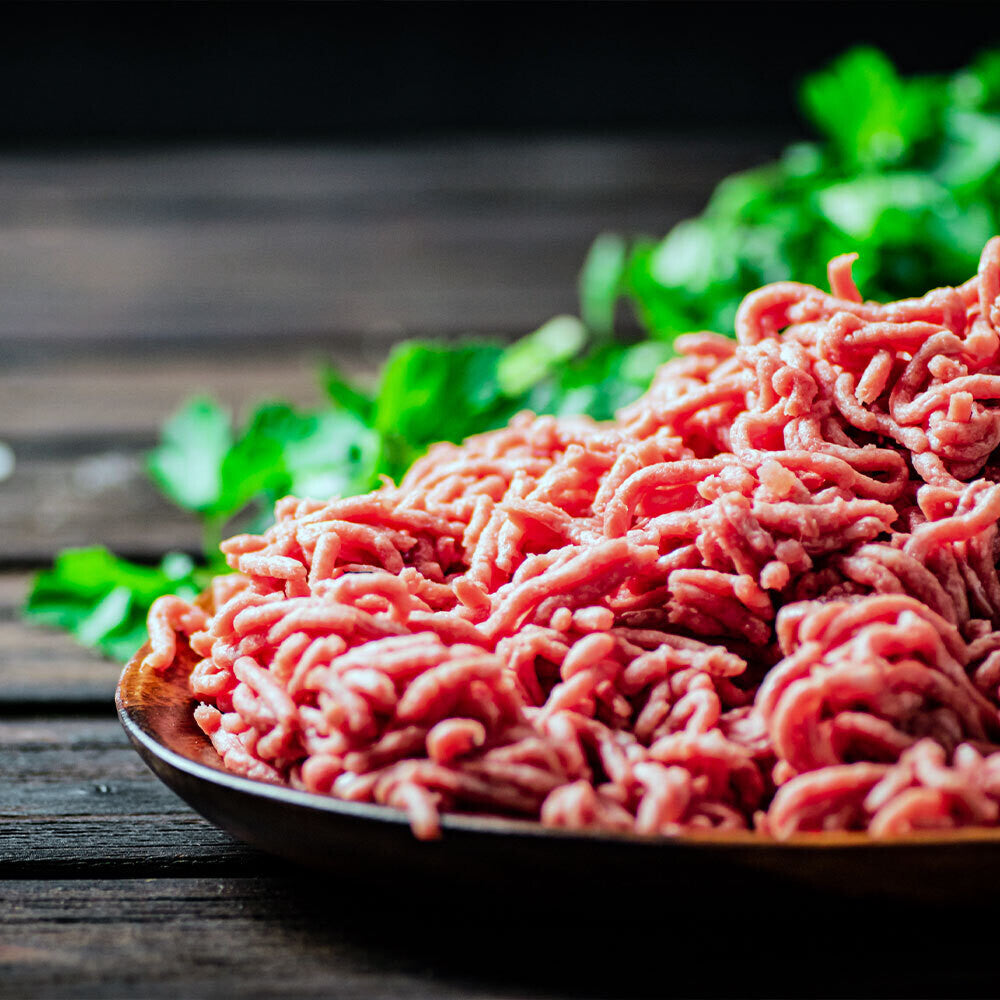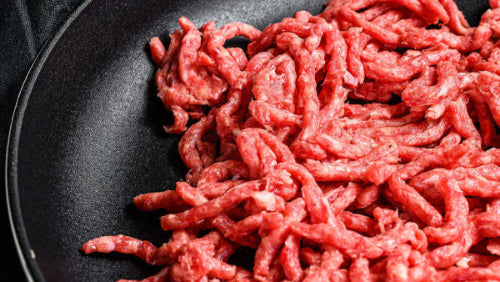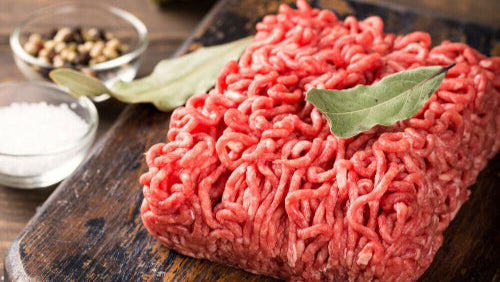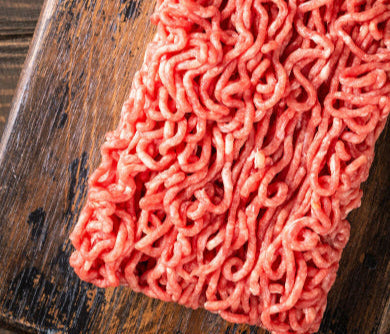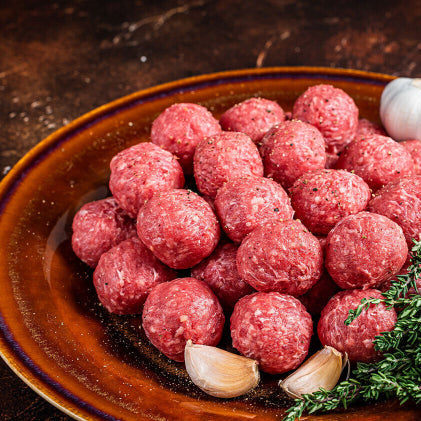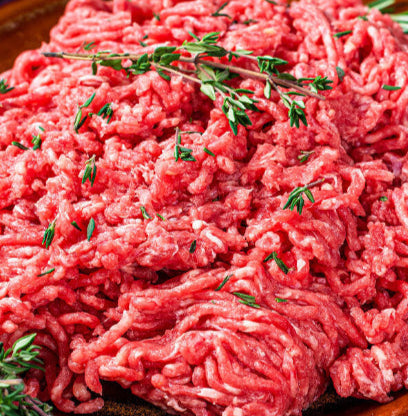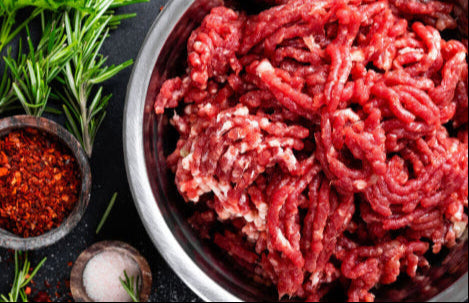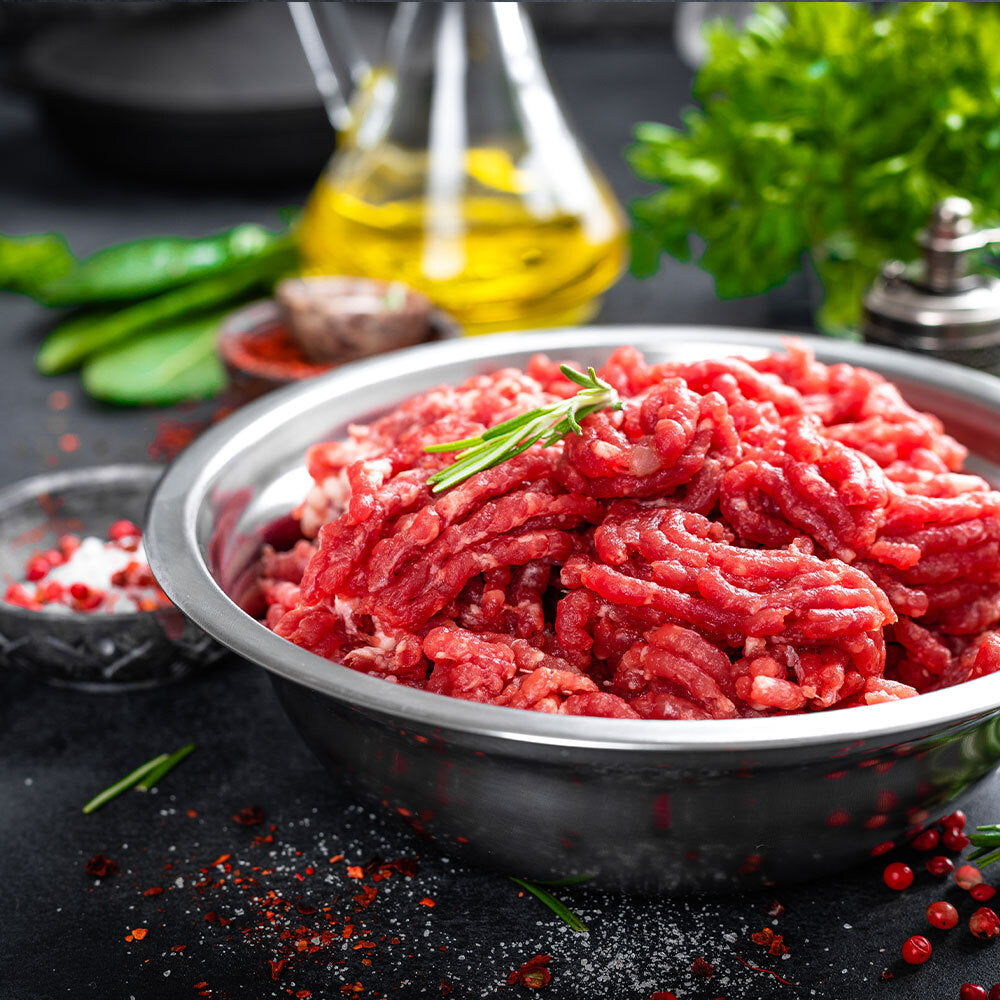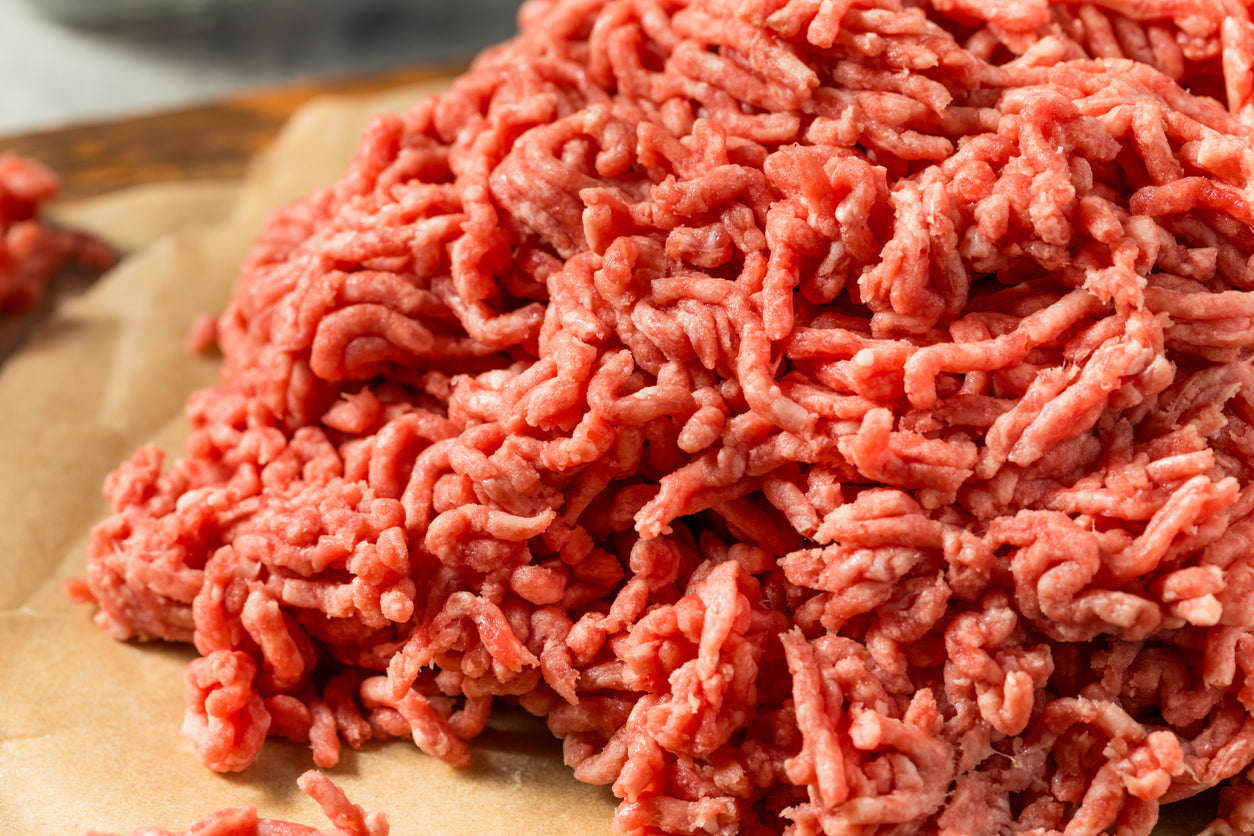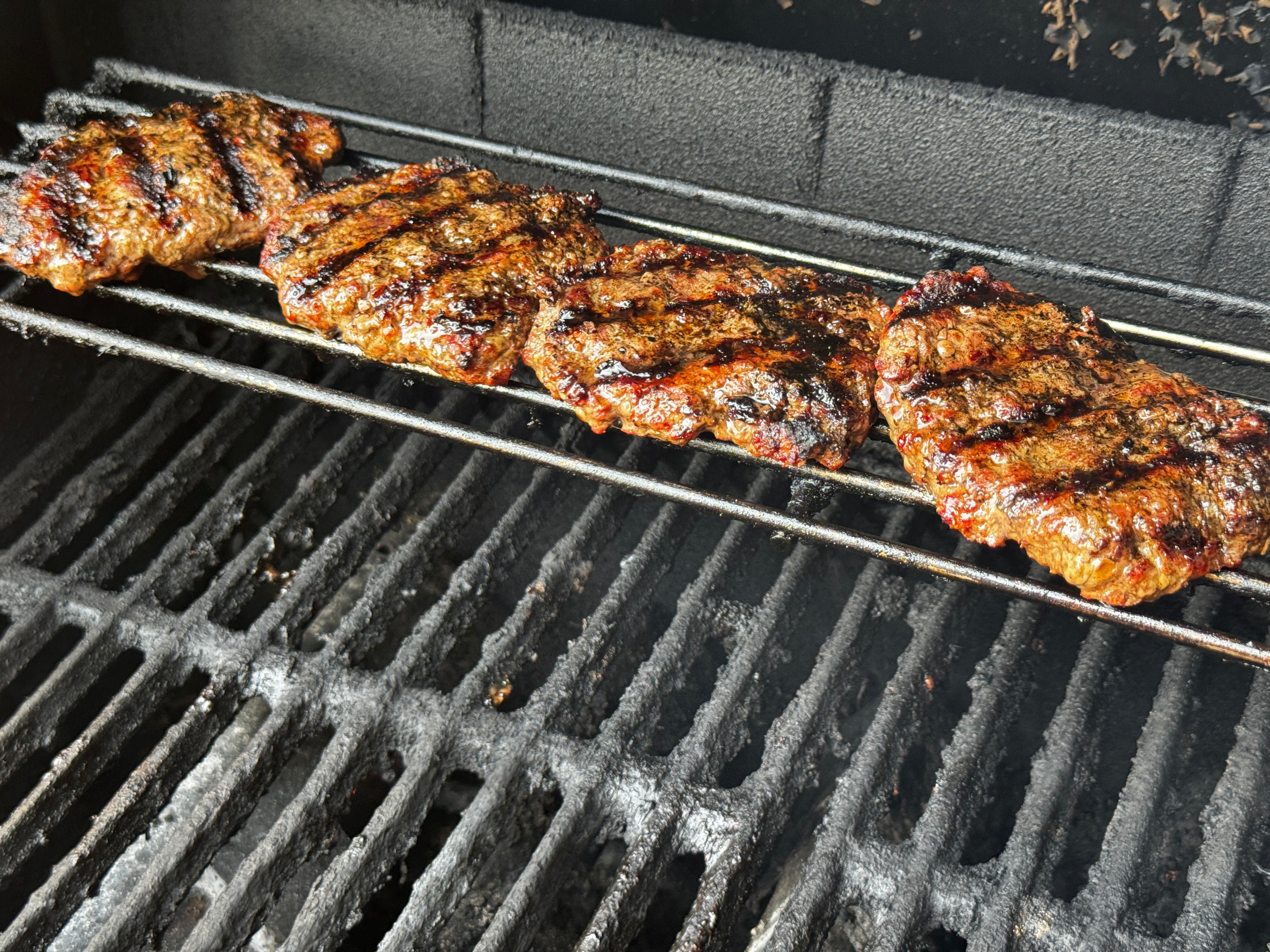
Why Our Meat Isn’t USDA Graded—and Why That Matters
We are often asked: "Is your meat graded to USDA standards?"
The short answer is no, it’s not. USDA grading is a voluntary system mostly used by large meatpackers to sort meat based on marbling—the amount of fat inside the muscle. That marbling typically comes from grain finishing in feedlots. So the grading scale was built to serve that model.
To understand why we don’t use USDA grading, it helps to look at how and why the system came to be. In the early part of the 20th century, as meatpacking plants centralized and supply chains stretched across the country, most people lost their direct connection to the farms and farmers raising their food. Instead of buying meat from someone you knew, you were now buying from a cold case in a grocery store, processed and shipped by corporations.
With that shift came the need for a standard pricing system. Meat grading—developed and overseen by the USDA—was a way to give anonymous meat a market value. The more marbling a cut had, the higher the grade, and the more it could sell for. It made sense in an industrial model where buyers and sellers had no relationship and needed a shorthand to define quality. But that shorthand prioritized fat over other indicators of health or nutrition.
Fat: Cheaper to Produce, Easier to Sell
Fat content became a top marker of "quality" because it worked well for the industrial model. It’s faster and cheaper to put fat on an animal than it is to build real muscle—especially when animals are confined and fed grain. More marbling meant a higher grade, a higher price, and a system optimized for rapid turnover. It was a decision that served corporate margins, not human health.
Tenderness: Designed for Overconsumption
Tenderness also became a selling point, but not because it signals nutrition. It’s about manipulating consumer behavior. The softer the food, the faster we chew and the more we eat. It encourages overconsumption, which fits neatly into a system focused on volume and repeat purchases. This isn’t about nourishing people—it’s about moving more product.
Our farm works outside of that system. We raise 100% grassfed beef on pasture, moving animals daily, building soil health, and never using grain. Our beef might not fit the grading chart, but we believe quality can’t be reduced to a marbling score. It’s about how the animal lived, what it ate, and the health of the land it came from.
We don’t believe a government stamp is the best way to judge food. The better approach is to know your farmer, understand the system they use, and judge for yourself based on transparency and trust.
USDA grading is built to support anonymity. Our farm is built on the opposite—relationship, accountability, and care for the land and animals. That’s how we define quality.
